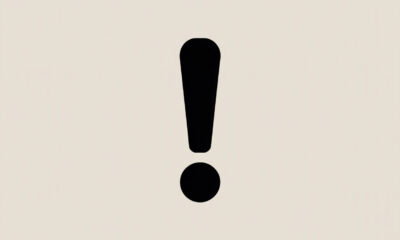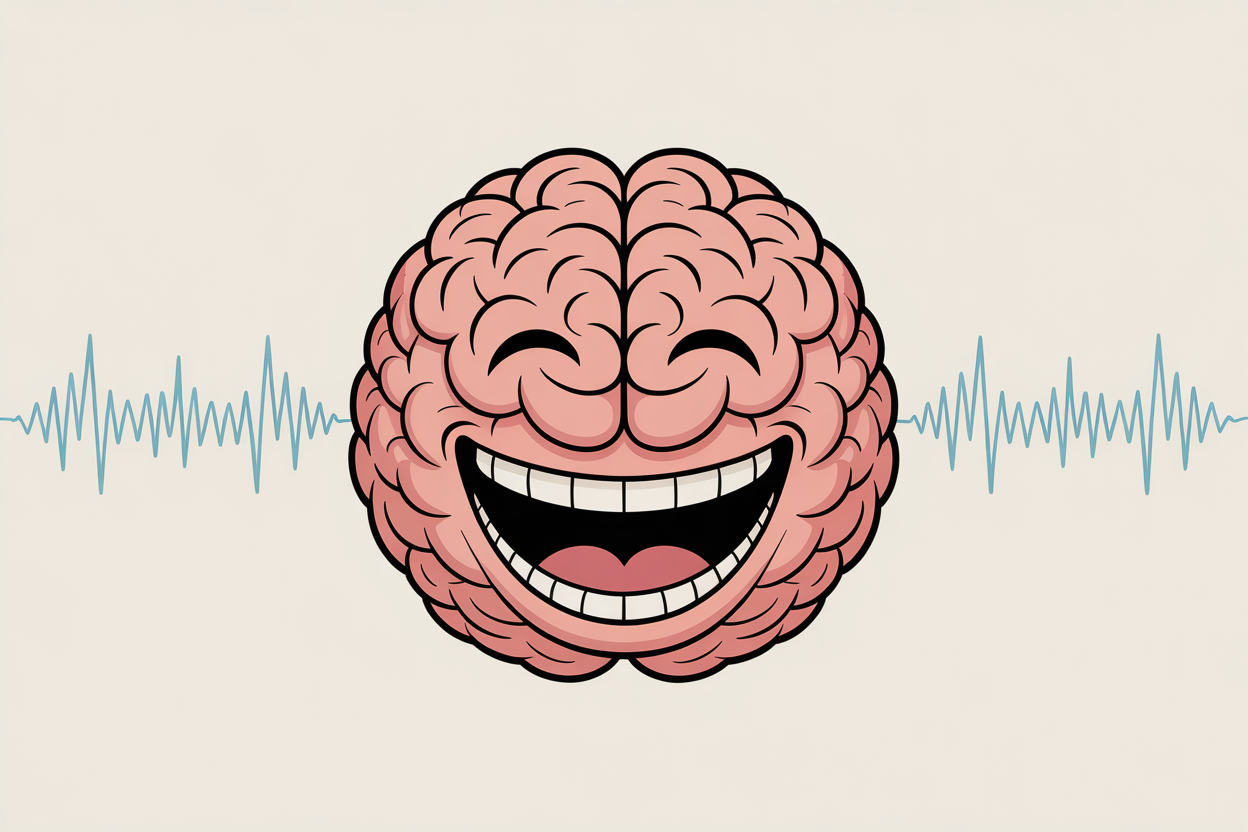informational
How Many Times Do Babies Laugh Per Day? Science & Benefits Explained
Babies' laughter is one of parenting's greatest rewards. As a dad and someone who has spent years studying child development, I can tell you that first chuckle is a sound you never forget. But have you ever wondered exactly how often your little one laughs each day? As we look at parenting in 2025, it's helpful to separate fact from fiction.
The widely-cited figure of 300-400 daily laughs is a myth with no scientific backing. Real observational studies show much lower but still impressive numbers: toddlers laugh approximately 18 times per hour during waking hours, totaling around 216 laughs per day. This frequent laughter is more than just delightful, it represents important developmental milestones and strengthens the parent-child bond. This guide provides research-backed answers about how often babies laugh and why this behavior plays such a vital part in their growth.
| Laughter Development and Frequency | Infants (0-12 months) | Toddlers (1-2 years) | Preschoolers (3-5 years) |
|---|---|---|---|
| Laugh Frequency | 0.08-0.27 laughs per minute (5-16/hour) | 0.30 laughs per minute (18/hour) | 7.7 laughs per hour during play |
| Daily Laughs (est.) | 60-192 | ~216 | Varies |
| Key Triggers | Physical sensations, unexpected sounds, peek-a-boo | Silly faces/voices, social play, incongruity | Slapstick humor, silly behaviors, social play |
| Developmental Significance | Early social communication | Building emotional connections | Humor comprehension, social bonds |
When Do Babies Start Laughing? Development Timeline
Babies typically begin laughing around 3-4 months of age, though the journey starts earlier with smiles. Here's the progression:
| Age Range | Developmental Milestone |
|---|---|
| 0-6 weeks | Reflexive smiles during sleep or feeding |
| 6-8 weeks | First social smiles in response to faces and voices |
| 3-5 months | First laughs, usually during physical stimulation like tickling |
| 4-6 months | Laughing at simple surprises and anticipation games |
| 6-12 months | Increasingly social laughter, enjoying peek-a-boo and silly faces |
| 12+ months | Developing humor comprehension and initiating funny behaviors |
Every baby develops at their own pace, so don't be concerned if yours follows a slightly different timeline. What's most important is the progression from reflexive responses to intentional, social laughter. For a more detailed look at the stages of laughing and related skills, check out Lovevery's guide to baby laughing stages. (https://blog.lovevery.com/skills-stages/laughing/)
Clinical Warning Signs:
- No laughter by 6 months of age
- No enjoyment in playful social games like peek-a-boo by 8 months [5]
The Science Behind Baby Laughter Frequency
Research provides fascinating insights into how often babies laugh. The popular 300-400 laughs per day statistic is an urban legend without scientific foundation. Turns out, your baby isn't a tiny stand-up comedian working on a new special, but they are still laughing a lot. More precise observational studies show age-based patterns:
Actual Laughter Frequency:
- 1 month: 0.08 laughs per minute (about 5 per hour)
- 1 year: 0.27 laughs per minute (about 16 per hour)
- 2 years: 0.30 laughs per minute (about 18 per hour)
- 3-5 years: 7.7 laughs per hour during play [1]
For a toddler awake 12 hours daily, this translates to approximately 216 laughs per day, a substantial number but significantly lower than popular myths suggest. The discrepancy exists because controlled observations capture real behavior, while the 300-400 figure appears to be a number that was repeated without any real proof [2].
Debunking the 300-400 Myth
The widely circulated statistic lacks a verifiable scientific source and is likely a piece of popular mythology cited without rigorous documentation. Studies that have involved watching and coding child-adult interactions consistently show much lower rates.
What Makes Babies Laugh? Common Triggers
Babies laugh at different stimuli as they develop:
Early Months (3-6 months):
- Physical sensations like tickling
- Unexpected sounds
- Physical play with caregivers
- Simple surprise games
Middle Infancy (6-12 months):
- Peek-a-boo and hide-and-seek games
- Silly faces and voices
- Watching others laugh
- Unexpected outcomes
Toddlerhood (12+ months):
- Slapstick humor
- Silly behaviors they initiate
- Incongruity (things that don't match expectations)
- Social laughter during play [4]
For more on the communication aspects of baby laughter, see Northwell Health’s parenting article on baby laughter as early communication. (https://thewell.northwell.edu/parenting/baby-laughter-communication)
When do babies laugh hysterically? This typically begins around 4-8 months, when they start reacting with uncontrollable giggles, especially to physical play, funny noises, or surprising routines.
Benefits of Baby Laughter for Development
Baby laughter isn't just adorable, it's critically important for development:
- Brain Development: Laughter activates multiple brain regions simultaneously, strengthening neural connections.
- Social-Emotional Growth: Through shared laughter, babies learn to recognize and respond to others' emotions, building the foundations for empathy.
- Communication Skills: Laughter represents an early form of non-verbal communication, occurring long before babies can talk.
- Stress Reduction: Laughter triggers endorphin release and reduces stress hormones for both babies and parents.
- Trust and Attachment: When parents respond to a baby's attempts at humor, it builds secure attachment patterns [5].
Research shows these benefits accumulate over time, contributing to better emotional regulation, stronger relationships, and potentially enhanced cognitive development [3].
How Parent-Baby Interactions Boost Laughter
The frequency of baby laughter directly correlates with parental engagement. Babies with more expressive, responsive caregivers tend to laugh more often. This creates a positive feedback loop: baby laughs, the parent responds enthusiastically, and the baby laughs more.
To encourage healthy laughter:
- Maintain eye contact during play.
- Mirror your baby's expressions.
- Respond naturally to their humor attempts. I remember how my son’s early laughs were mostly just little gasps, but we treated them like the funniest jokes in the world, which only made him "joke" more.
- Create daily opportunities for playful interaction.
- Model laughter and joy yourself.
Remember that forced or excessive stimulation can overwhelm babies. The best laughter comes from genuine connection in a relaxed environment where your baby feels secure enough to express joy [4].
Individual Differences in Baby Laughter Patterns
Not all babies laugh with equal frequency. Variations stem from several factors:
Temperament: Some babies are naturally more expressive and excitable, while others are more reserved.
Environment: Babies in stimulating, interactive environments with multiple caregivers often have more opportunities to laugh.
Development: Cognitive and social development influences when and how babies understand humor.
Parental Style: Babies observe and mirror their caregivers' emotional expressions, including laughter.
These differences are typically normal, though a persistent absence of social smiling or laughter by 6 months warrants a discussion with your pediatrician [1].
Cultural Influences on Baby Laughter
While the way infants produce laughter is largely universal, cultural context can influence its frequency and expression:
Universal Aspects:
- Core vocalization patterns of infant laughter are similar across cultures.
- Infants as young as five months can differentiate social information in laughter.
- Laughter is broadly recognized across cultures as a marker of positive social interaction.
Cultural Modulation:
Cross-cultural studies reveal interesting differences. For example, Dutch infants tend to laugh, smile, and seek cuddling more and are generally easier to soothe, potentially reflecting parenting styles that prioritize routine and minimize overstimulation. This contrasts with American parenting emphasis on cognitive stimulation that may lead to higher activity levels but different laughter patterns.
Research Limitations:
Direct, large-scale comparative research measuring specific laughter frequencies between different societies remains limited, though triggers for laughter appear broadly similar across cultures.
Laughter in Neurotypical vs. Autistic Babies
Understanding differences in laughter patterns can help parents recognize developmental variations:
Neurotypical Babies:
- Triggers: Social interaction, familiar faces, playful gestures, tickling
- Purpose: Communication and bonding with caregivers
- Neurological Basis: Efficient processing of sensory input and social cues
- Observable Behaviors: Predictable laughter in playful moments with varied, context-responsive sound quality
Autistic Babies:
- Triggers: Often less socially directed, more internally driven, or related to specific sensory experiences
- Purpose: May serve as a coping mechanism for overstimulation or emotional regulation
- Neurological Basis: Altered connectivity patterns affecting social reciprocity and emotional processing
- Observable Behaviors: May seem spontaneous or unrelated to the social context; sound quality can be higher-pitched, monotone, or with a unique rhythm
Important Note: These differences represent variations in development rather than deficits. Both patterns can indicate healthy brain development along different trajectories.

Creating a Laughter-Rich Environment for Your Baby
To encourage your baby's natural laughter:
Age-Appropriate Activities:
- Younger babies: gentle tickling, soft surprise sounds, animated facial expressions
- Older babies: peek-a-boo, funny noises, puppet play
- Toddlers: silly songs, gentle physical humor, funny stories
Daily Practices:
- Set aside dedicated playtime.
- Follow your baby's lead, notice what makes them laugh.
- Create safe spaces for exploration.
- Read and sing with animation.
- Limit overstimulation that can overwhelm.
The key is balance, creating opportunities for joy without overwhelming your child. Your authentic engagement matters more than performing "perfect" play.
Clinical Perspectives on Laughter Frequency
No "Low Laughter" Threshold Exists:
There is no defined minimum number of daily laughs that correlates with developmental concerns. A clinical assessment focuses on the presence and responsiveness of laughter rather than just counting the number of laughs.
What Professionals Look For:
- Appropriate social responsiveness
- Engagement in playful interactions
- Progressive development of humor comprehension
- Context-appropriate emotional expression
When to Consult a Pediatrician:
- No social smiling by 2 months
- No laughter by 6 months
- Sudden changes in laughter patterns
- Laughter disconnected from the social context [5][4]
Conclusion
Babies laugh frequently, with toddlers laughing approximately 216 times daily based on scientific observation, which shows a remarkable capacity for joy. This laughter signifies healthy development and a strong bond between parent and child. The popular myth of 300-400 daily laughs lacks scientific support, but the actual numbers remain impressive and meaningful.
As your baby grows, their laughter will evolve from simple physical responses to a more developed understanding of humor. By understanding and encouraging this natural inclination toward joy, you are supporting your child's cognitive, emotional, and social development. Cultural factors and individual differences, including neurological variations, all contribute to unique laughter patterns that reflect the beautiful diversity of human development.
FAQs
How many times a day does a baby laugh?
Babies typically laugh 60-216 times per day depending on their age. Scientific studies show 2-year-olds laugh about 18 times per hour, totaling approximately 216 laughs daily during 12 waking hours. The popular 300-400 figure is a myth without scientific backing [1][2].
How many times does a baby smile per day?
While exact counts vary, babies smile significantly more than they laugh. By 2-3 months, infants may smile 200+ times daily, with the frequency increasing as they develop. Social smiles begin around 6-8 weeks, preceding laughter by several months [4].
How do autistic babies laugh?
Autistic babies may show different laughter patterns, often less socially directed and more related to internal states or specific sensory experiences. Their laughter might appear at unexpected moments or serve as emotional regulation rather than social communication. The sound quality can be higher-pitched or monotone, and timing may seem disconnected from the social context [5].
When should I be concerned about my baby laughing?
Consider consulting a pediatrician if your baby doesn't smile socially by 2 months or laugh by 6 months. Also concerning are sudden changes in laughter patterns, laughter that seems disconnected from the social context, or an absence of enjoyment in playful social games by 8 months [5][4].
How does baby laughter compare across cultures?
While core laughter patterns are universal, cultural parenting styles influence frequency and expression. Dutch infants tend to laugh more and are easier to soothe compared to American infants, reflecting different approaches to stimulation and routine. However, triggers for laughter appear broadly similar across cultures.
References
- https://interactionimagination.blogspot.com/2013/03/how-much-do-we-really-laugh.html
- https://www.psychologytoday.com/us/blog/the-possibility-paradigm/201106/youre-not-laughing-enough-and-thats-no-joke
- https://livesmartcolorado.colostate.edu/the-power-of-laughter/
- https://thewell.northwell.edu/parenting/baby-laughter-communication
- https://www.the-iyrc.org/uploads/1/2/9/7/129787256/iyrc2021_25_final.pdf















